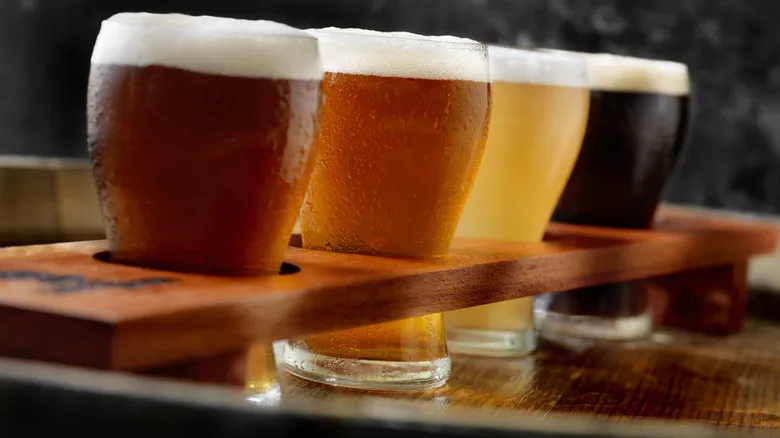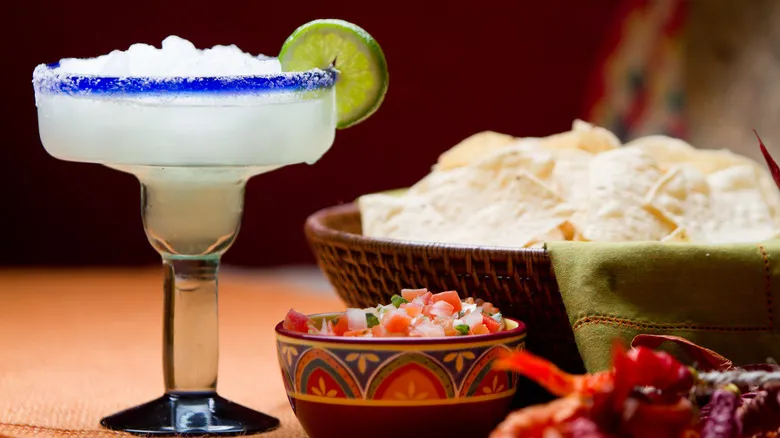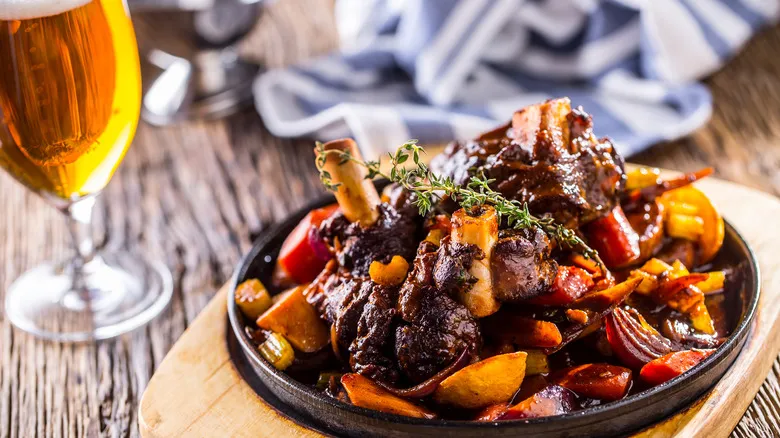Try red or pale ales, but skip the IPAs

To grasp the various types of beer, it's essential to recognize that several key ingredients used in brewing impart unique characteristics. The choice of yeast (and the brewing temperature) is what sets ales apart from lagers, while the type, quantity, and roast of grains are significant factors that distinguish dark beers from light ones and contribute to the specific colors of different ales. Red and amber ales are typically more malt-forward in taste due to the inclusion of malted grains, often referred to as roasted specialty and caramel "malts."
Chris Cusack appreciates pairing these darker ales with lamb dishes, but he also acknowledges the benefits of opting for a lighter pale ale with fewer malts, provided it has a low hop content. With a playful grin, he remarks, "Playing devil's advocate to myself, though — a less aggressively hopped pale ale pairs wonderfully with lamb. ... A subtle hop presence can balance the rich fattiness of lamb without overwhelming it."
While pale ales and IPAs generally share similar colors and grain profiles, the key difference lies in the higher hop content of IPAs, which impart a bitter and citrusy flavor to the beer. Cusack cautions against pairing these with lamb, suggesting, "I wouldn't necessarily recommend bold IPAs with lamb, as the hoppiness can overshadow the dish."
Recommended

Beer Koozies Are More Than Just A Gimmicky Accessory

Think Twice Before Tossing Skunked Beer. You Can Still Use It

Yuengling Beer Is Now Available In Chicago After An Almost 200-Year Wait

Why You May Want To Skip The Margarita At A Mexican Restaurant
Next up

